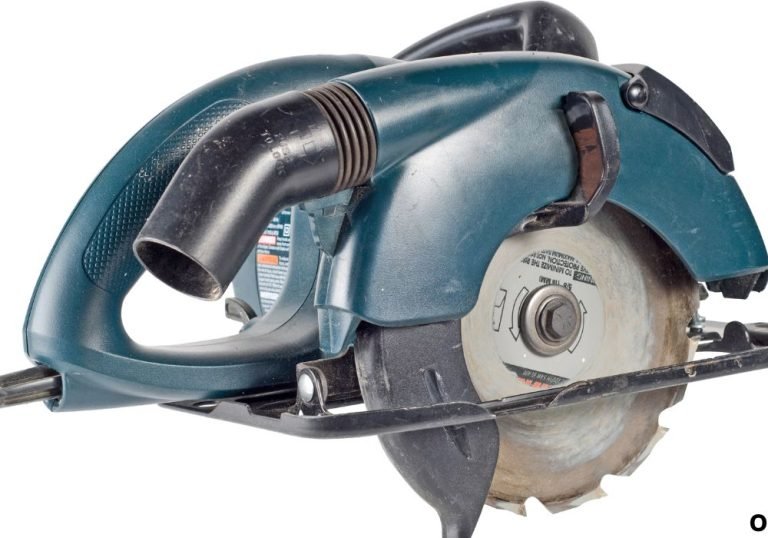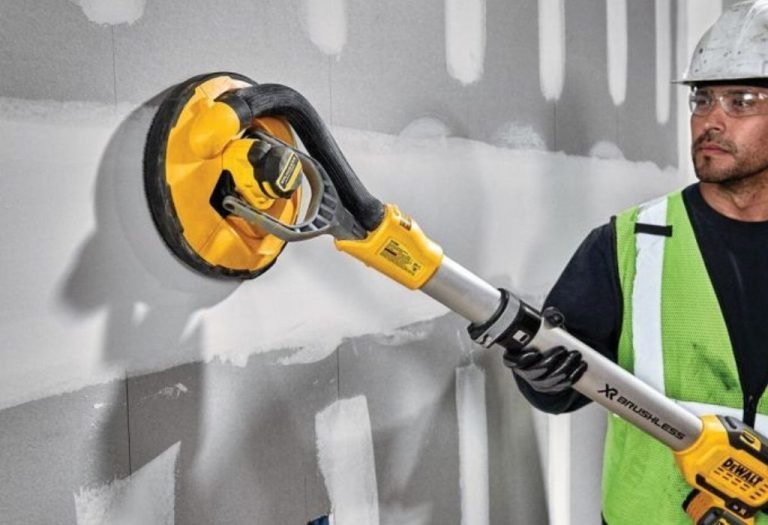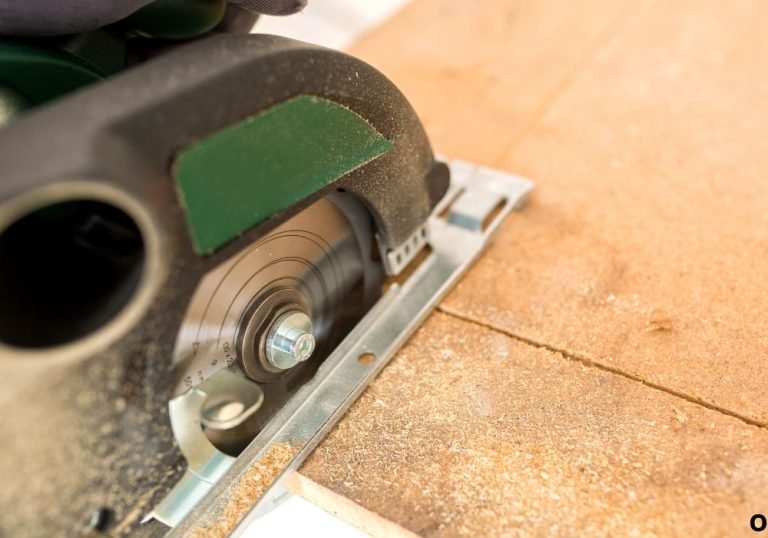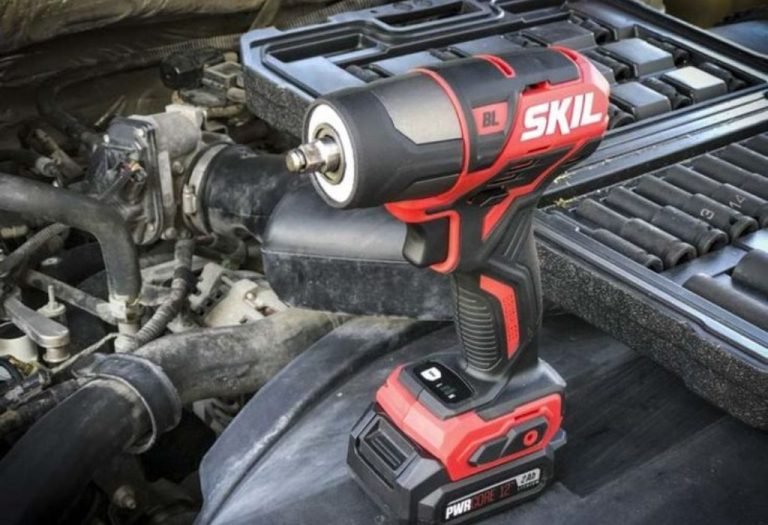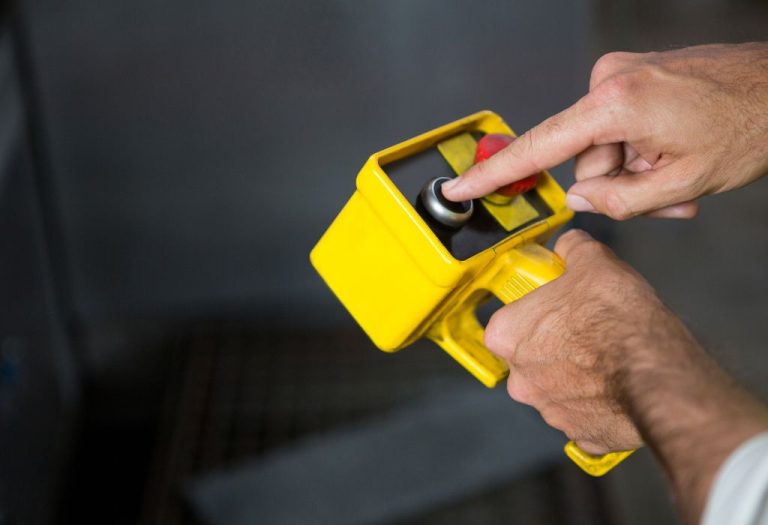Can You Use a Heat Gun on Fiberglass? Safety Guide & Best Practices
A boat owner prepares to remove old decals from a fiberglass hull and reaches for a heat gun. The thought immediately comes—can you use a heat gun on fiberglass without causing damage.
Fiberglass is strong and lightweight, but it is also sensitive to heat. Excessive temperatures can warp the resin, weaken the structure, or release harmful fumes.
This creates uncertainty for anyone working with fiberglass in boats, cars, or household projects. Using the wrong technique could ruin expensive equipment or create dangerous situations.
Heat guns are powerful tools that deliver air temperatures ranging from 750°F to 1200°F. Fiberglass resin, however, begins to soften at only 200–250°F.
That narrow margin makes heat application tricky. A tool designed to strip paint or melt adhesives can quickly become destructive when used carelessly on fiberglass.
The global fiberglass market exceeded $15 billion in 2023, highlighting how widely the material is used in marine, automotive, and construction industries (Grand View Research). With so much at stake, safe handling methods are critical.
According to Family Handyman, many heat guns can reach six times the safe threshold for fiberglass. That means users must be extremely careful about distance, temperature, and exposure time (Family Handyman).
Yet, there are scenarios where a heat gun can be useful. Gentle heating can speed up resin curing, help remove adhesives, or dry damp surfaces if applied correctly.
This guide explains when and how a heat gun can be used on fiberglass safely. By the end, you will know the risks, alternatives, and expert tips to avoid costly mistakes.
Can You Use a Heat Gun on Fiberglass?
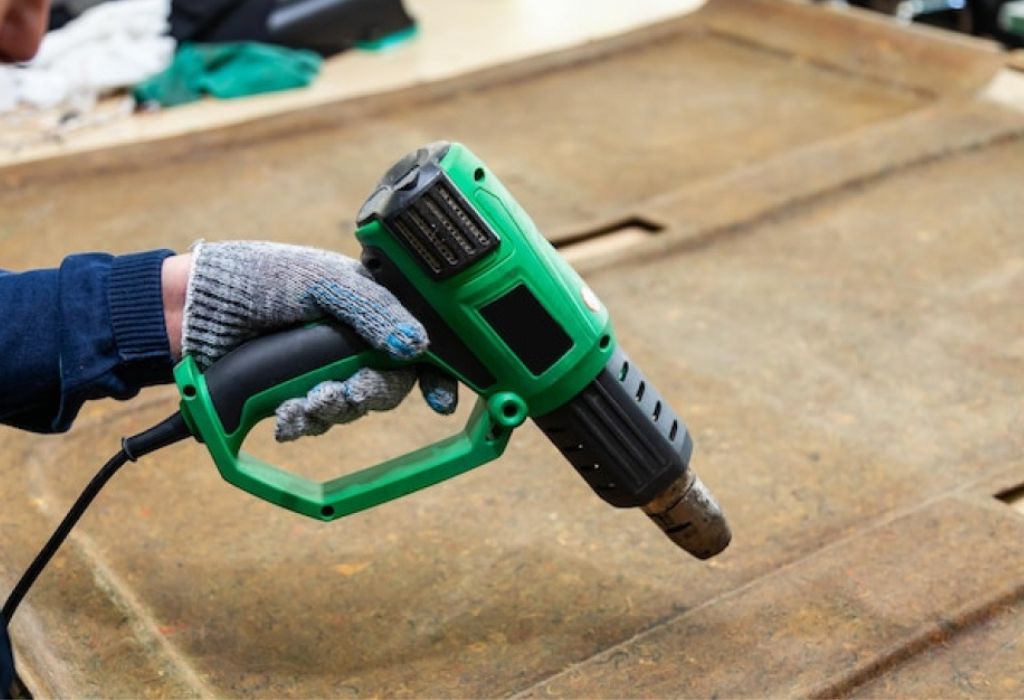
Yes, you can use a heat gun on fiberglass, but it must be done with extreme caution. The safe approach is to keep temperatures low and exposure times short.
Heat guns should only be used on fiberglass for controlled tasks like curing resin or removing adhesives. For most jobs, alternatives are safer and more reliable.
Can you use a heat gun on fiberglass?
Yes, but only on low settings.
Will high heat damage fiberglass?
Yes, it can warp or weaken it.
Can a heat gun cure resin faster?
Yes, if carefully controlled.
Is it safe indoors?
Only with good ventilation.
Risks of Using a Heat Gun on Fiberglass
One of the biggest risks is resin damage. Fiberglass resin softens at relatively low temperatures, making it vulnerable to warping.
Another risk is weakening the glass fibers themselves. Once compromised, the material loses much of its structural integrity.
Overheating fiberglass can release toxic fumes. These fumes are harmful if inhaled and can linger in poorly ventilated spaces.
There is also a fire hazard when using a heat gun near fiberglass reinforced with combustible resins. Users must always exercise extreme caution.
Does fiberglass burn easily?
Yes, resin can ignite under high heat.
Are fumes dangerous?
Yes, they are toxic when inhaled.
Can heat weaken the surface?
Yes, it reduces durability.
Is it safe for beginners?
Not without strict care.
Safe Applications of Heat Guns on Fiberglass
Heat guns can be used for speeding up resin curing at low heat. This helps projects finish faster, especially in cool conditions.
They are also useful for removing adhesives or decals from fiberglass surfaces. Gentle heat softens glue, allowing clean removal without harsh chemicals.
Heat guns can help dry out damp fiberglass before repair. Controlled heating ensures moisture does not interfere with adhesives or resins.
In rare cases, low heat can be used to reshape fiberglass for small adjustments. However, this requires skill and extreme caution.
Can I cure resin faster with heat?
Yes, on the lowest setting.
Is decal removal safe?
Yes, with gentle heating.
Can I dry fiberglass with heat?
Yes, but avoid overheating.
Is reshaping possible?
Yes, but only in small areas.
Alternative Tools and Methods
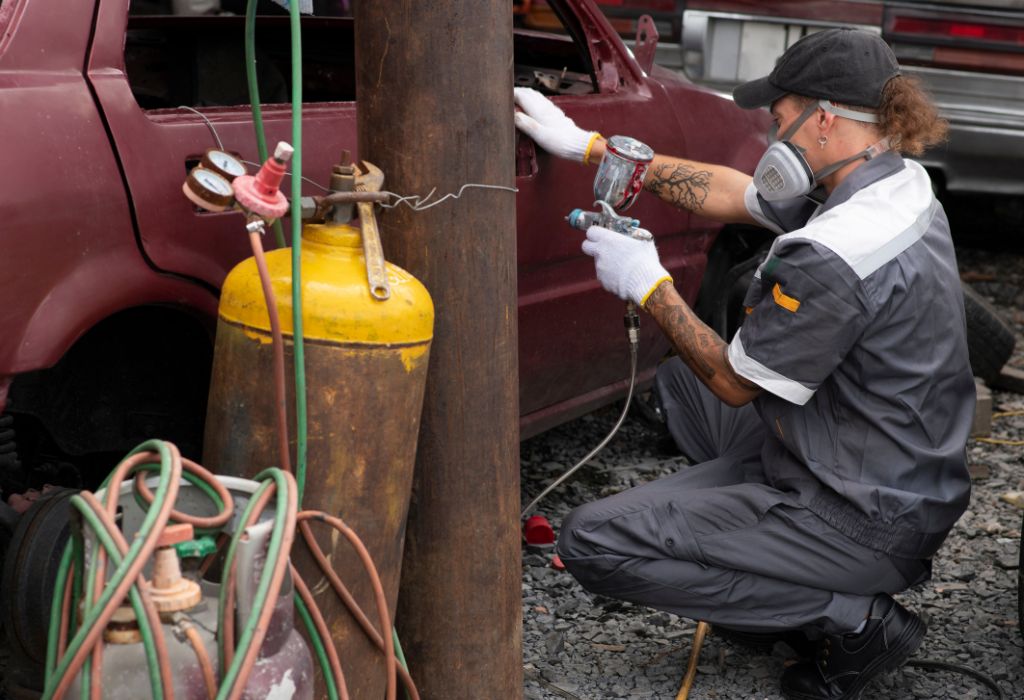
Infrared lamps are safer than heat guns for curing resin. They provide gentle, even heating without extreme temperature spikes.
Chemical adhesive removers can replace heat guns for decal removal. They work effectively and reduce the risk of resin damage.
Sanding is a safer method for refinishing fiberglass surfaces. While it takes more effort, it avoids the hazards of heat application.
Specialized fiberglass repair kits often include everything needed without relying on high heat. These kits are designed for safety and effectiveness.
Are infrared lamps safer?
Yes, they provide steady heat.
Do chemical removers work?
Yes, for adhesives and stickers.
Can sanding replace heat use?
Yes, for refinishing projects.
Are repair kits better?
Yes, they are safer and reliable.
Safety Tips for Using a Heat Gun on Fiberglass
Always start with the lowest temperature setting possible. Even low heat can be effective when applied carefully.
Keep the heat gun moving to prevent localized hot spots. Staying in one place risks warping or burning the fiberglass.
Work in a well-ventilated area to avoid inhaling any fumes released from resins. Protective gear like gloves, goggles, and a respirator is essential.
Never use a heat gun near flammable materials or without close attention. Fire hazards are one of the greatest risks when working with fiberglass.
What temperature should I use?
Stay below 200°F if possible.
Should I move the heat gun?
Yes, keep it in motion.
Is ventilation important?
Yes, to avoid toxic fumes.
Do I need protective gear?
Yes, always wear safety equipment.
Professional Insights and Recommendations
Marine repair specialists often advise avoiding heat guns unless absolutely necessary. Safer methods like sanding or chemical treatments are preferred.
Automotive professionals use heat only for decal removal, never for structural work. Even then, they rely on variable temperature models with precise control.
Fiberglass installation experts use controlled curing systems. These provide safe, even heating rather than open heat guns.
The general professional consensus is clear: heat guns should be a last resort when working on fiberglass.
Do pros use heat guns on fiberglass?
Rarely, only in controlled cases.
Are sanding methods better?
Yes, they’re safer and more reliable.
Do industries use heat curing?
Yes, but with specialized tools.
Should homeowners avoid it?
Yes, unless they have experience.
Market Trends in Fiberglass Repair and Heat Tools
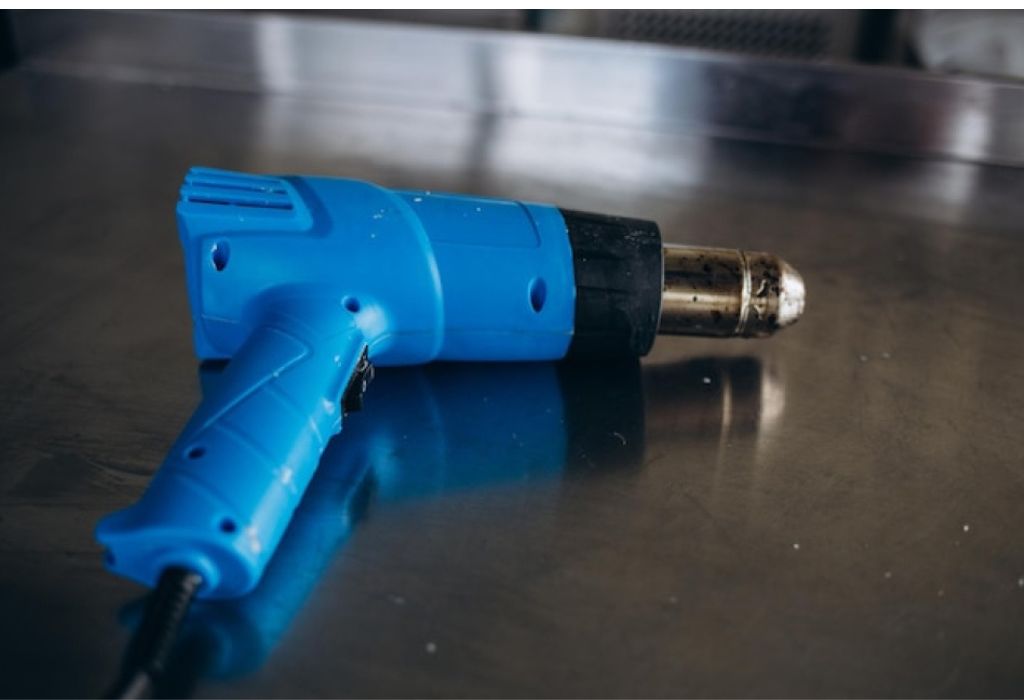
DIY fiberglass repair kits are increasingly popular. They allow homeowners to fix boats, cars, and household items without heat.
Variable temperature heat guns are becoming more common. These tools give users better control, reducing the risk of overheating.
Eco-friendly adhesive removers are gaining popularity as alternatives to heat. They provide safe and effective solutions for decal removal.
Demand for safety gear is also rising. More DIYers now use respirators and goggles when working with fiberglass.
Are DIY repair kits popular?
Yes, they’re widely available.
Are variable heat guns common?
Yes, they allow safer control.
Are eco-friendly removers trending?
Yes, they replace harsh chemicals.
Is safety gear in demand?
Yes, it’s increasingly essential.
Conclusion
The answer to can you use a heat gun on fiberglass is yes, but only with extreme caution. Low heat can assist with curing resin, drying surfaces, or removing adhesives.
However, high heat risks warping the resin, weakening fibers, or releasing dangerous fumes. Safer alternatives like infrared lamps, sanding, or chemical removers are often better choices.
If you must use a heat gun, always work at low temperatures, keep the tool moving, and wear proper protective gear. Careful technique ensures fiberglass projects stay safe and effective.

I’m Michael R. Turner, the founder, lead writer, and passionate DIY enthusiast behind 101diytools.com. With years of hands-on experience in home improvement and power tools, I built this platform to share practical tips, in-depth guides, and honest reviews to help DIYers of all skill levels tackle projects with confidence and the right tools.

